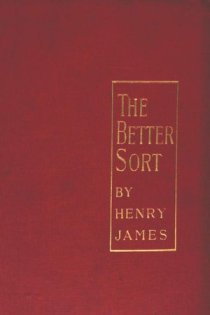The escape would have been to love her; then, then he would have lived. She had lived—who could say now with what passion?—since she had loved him for himself; whereas he had never thought of her (ah, how it hugely glared at him!) but in the chill of his egotism and the light of her use. Her spoken words came back to him, and the chain stretched and stretched. The beast had lurked indeed, and the beast, at its hour, had sprung; it had sprung in that twilight of the cold April when, pale, ill, wasted, but all beautiful, and perhaps even then recoverable, she had risen from her chair to stand before him and let him imaginably guess. It had sprung as he didn't guess; it had sprung as she hopelessly turned from him, and the mark, by the time he left her, had fallen where it was to fall. He had justified his fear and achieved his fate; he had failed, with the last exactitude, of all he was to fail of; and a moan now rose to his lips as he remembered she had prayed he mightn't know. This horror of waking—this was knowledge, knowledge under the breath of which the very tears in his eyes seemed to freeze. Through them, none the less, he tried to fix it and hold it; he kept it there before him so that he might feel the pain. That at least, belated and bitter, had something of the taste of life. But the bitterness suddenly sickened him, and it was as if, horribly, he saw, in the truth, in the cruelty of his image, what had been appointed and done. He saw the Jungle of his life and saw the lurking Beast; then, while he looked, perceived it, as by a stir of the air, rise, huge and hideous, for the leap that was to settle him. His eyes darkened—it was close; and, instinctively turning, in his hallucination, to avoid it, he flung himself, on his face, on the tomb. [1]
